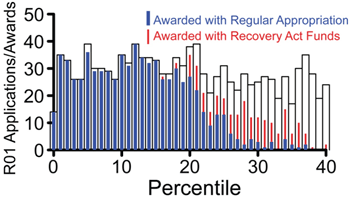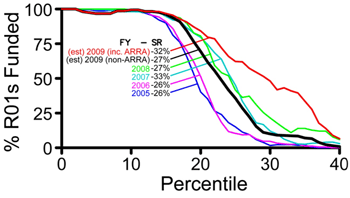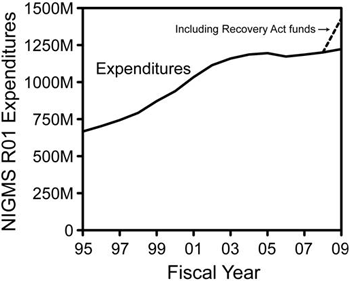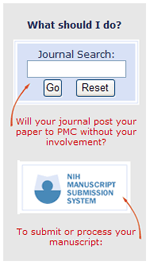 Last week, I gave a briefing to congressional staff members and other interested parties about the role of basic science in biomedical research. The event was sponsored by the Ad Hoc Group for Medical Research
Last week, I gave a briefing to congressional staff members and other interested parties about the role of basic science in biomedical research. The event was sponsored by the Ad Hoc Group for Medical Research  and the Congressional Biomedical Research Caucus
and the Congressional Biomedical Research Caucus  .
.
My talk [PDF]  , titled “Investing in Discovery: The Impact of Basic Research and the Role of the National Institute of General Medical Sciences,” focused on three themes:
, titled “Investing in Discovery: The Impact of Basic Research and the Role of the National Institute of General Medical Sciences,” focused on three themes:
- The tremendous unity of biology at the molecular level, which enables researchers to use model organisms for discovery and other experiments directed toward uncovering fundamental biological mechanisms;
- How knowledge of these fundamental mechanisms provides a crucial underpinning for more applied studies relevant to human health and disease; and
- The role of individuals, particularly scientists relatively early in their careers, in making these discoveries.
I presented these themes in the context of two scientific endeavors:
- The discovery of telomeres and telomerase, recognized by the 2009 Nobel Prize in physiology or medicine; and
- The elucidation of genetic factors in determining the effective dose of warfarin (Coumadin), one of the early successes in pharmacogenomics.
I greatly enjoyed the opportunity to highlight the impact and importance of the research that NIGMS funds.


 I’m proud of NIGMS’ long and strong commitment to research training and biomedical workforce development. As biomedical research and its workforce needs evolve, we want to be sure that our training and career development activities most effectively meet current demands, anticipate emerging opportunities and help build a highly capable, diverse biomedical research workforce.
I’m proud of NIGMS’ long and strong commitment to research training and biomedical workforce development. As biomedical research and its workforce needs evolve, we want to be sure that our training and career development activities most effectively meet current demands, anticipate emerging opportunities and help build a highly capable, diverse biomedical research workforce.


